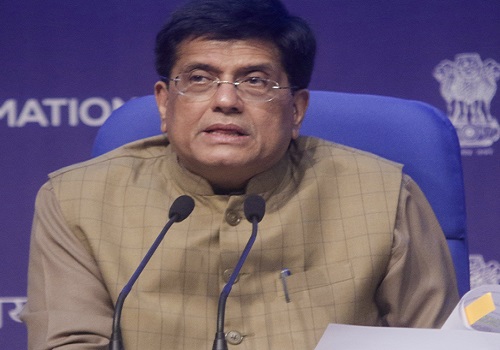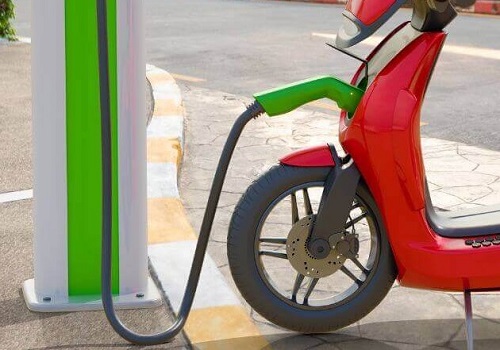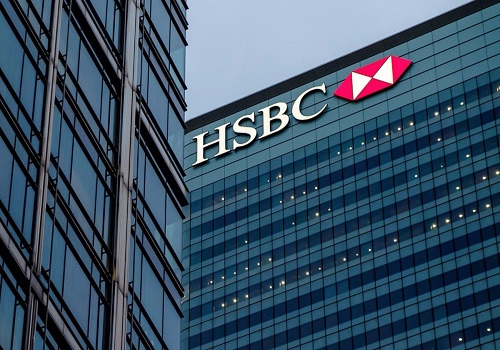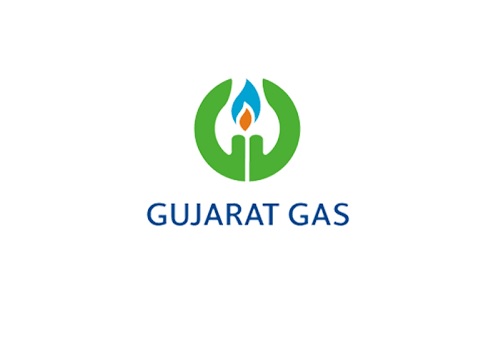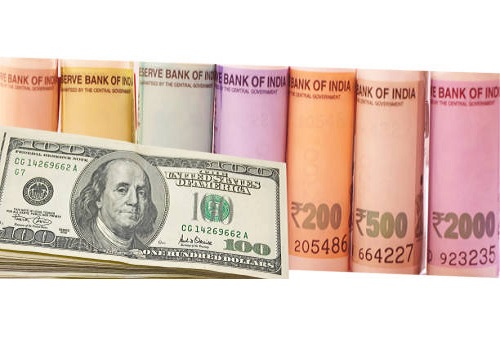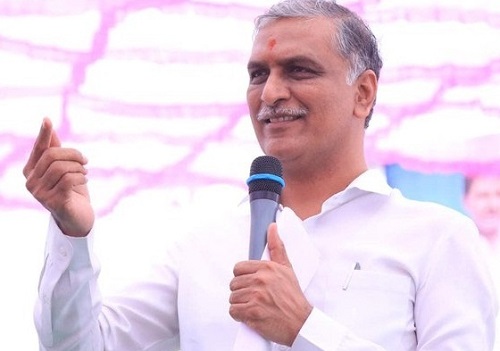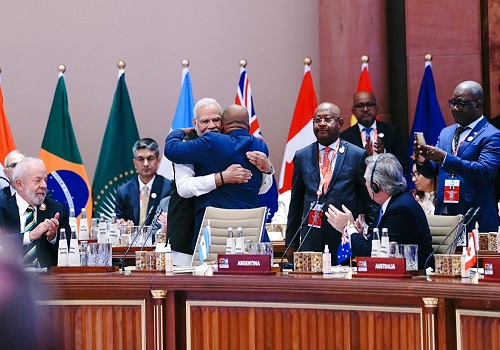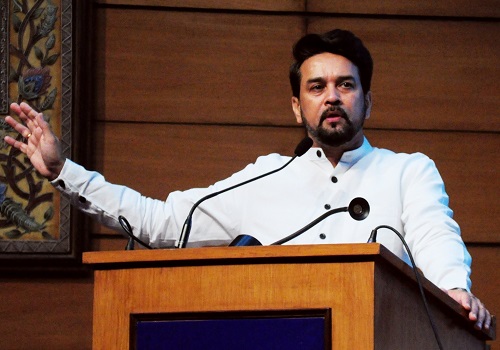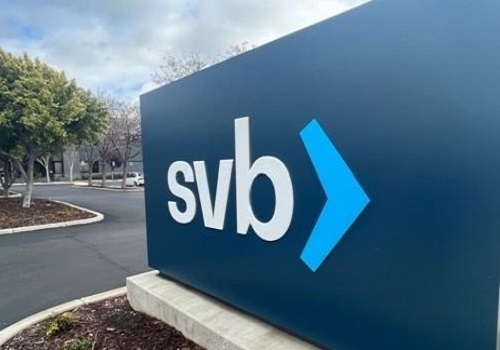IndiGo tightens grip in India and targets growth abroad

Follow us Now on Telegram ! Get daily 10 - 12 important updates on Business, Finance and Investment. Join our Telegram Channel
NEW DELHI/SYDNEY - India's IndiGo has emerged as one of the world's biggest airlines by capacity, aided by a swift recovery in the domestic aviation market to nearly 80% of pre-pandemic levels and the financial strength to boost market share as rivals struggle.
The airline is now the world's seventh biggest by capacity and the largest outside the United States and China, according to data firm OAG. It is a rare bright spot in a battered global aviation industry, providing a lifeline to squeezed lessors and aircraft manufacturers by paying bills on time and in full.
IndiGo took 44 planes from Airbus SE last year - the most of any customer and topping Delta Air Lines Inc and China Southern Airlines Co Ltd - as it replaced older planes with more fuel-efficient newer models. It is also gearing up to expand its fleet further from 2023.
With a 52% domestic market share in 2020 versus 47% in 2019, and profitability in sight after a loss last fiscal year, IndiGo is expanding its reach to smaller Indian cities such as Ranchi, Patna and Gorakhpur to replace a fall in business travel on larger routes like New Delhi-Mumbai, CEO Ronojoy Dutta told Reuters.
It is also betting that faster growth and higher margins will come from non-stop flights to international destinations like Moscow, Cairo and Manila which it can reach with its narrowbody planes, eliminating the need to complicate its fleet with widebody aircraft.
"As things stabilise, I'm very optimistic that by the end of 2021, I think we'll be totally back to normal," Dutta said, referring to the calendar year rather than the financial year ending March 31.
"And I think 2022 will be a great year for us in terms of growth and profitability," he added.
The COVID-19 pandemic brought global air travel to a halt, plunging airlines into the red. India imposed one of the toughest lockdowns and even now airlines can only fly 80% of their total capacity on domestic routes.
IndiGo already had free cash of 89.3 billion rupees ($1.22 billion) as of March 31, 2020, a week after India went into lockdown, which it bolstered by raising more than 30 billion rupees over the next six months through the sale and leaseback of some assets and other cost-cutting measures.
Once IndiGo can operate at full capacity, it wants to ramp up its utilisation rate to a breakeven level of around 12 hours per day, compared with 10 hours currently, said Dutta, adding it would also be able to fill more seats and reduce unit costs.
Parent Interglobe Aviation Ltd's shares have doubled from pandemic lows in March 2020 to trade within 10% of their October 2019 record high.
INTERNATIONAL GROWTH
Before the pandemic, IndiGo deployed around 25% of its capacity on international routes, where flights are now often restricted to certain countries or charters. This means it is currently operating only about 20% of international flights.
The international business typically offer margins around 10% higher than the price-sensitive domestic market, Dutta said, adding that for now IndiGo would expand using its narrowbody fleet, meaning places like London, where it has slots, are out.
IndiGo's strong financial position relative to domestic and regional rivals like SpiceJet Ltd, Malaysia's AirAsia Group Bhd and Indonesia's Lion Air should help it dominate flights within a seven-hour radius, some analysts say.
"IndiGo has cleverly identified its bases within India and is now getting ready to spread its tentacles all across the sub-continent," said Shukor Yusof, head of Malaysia-based aviation consultancy Endau Analytics.
Despite the recent turbulence, Dutta expects the proportion of capacity deployed to international markets to rise a few percentage points each year.
IndiGo has 580 planes on order with Airbus that have yet to be delivered and is receiving them at a rate of around 50 a year. Even so, Dutta feels that, with the growth it is eyeing, it may not have enough planes to fly everywhere it wants to.


.jpg)
